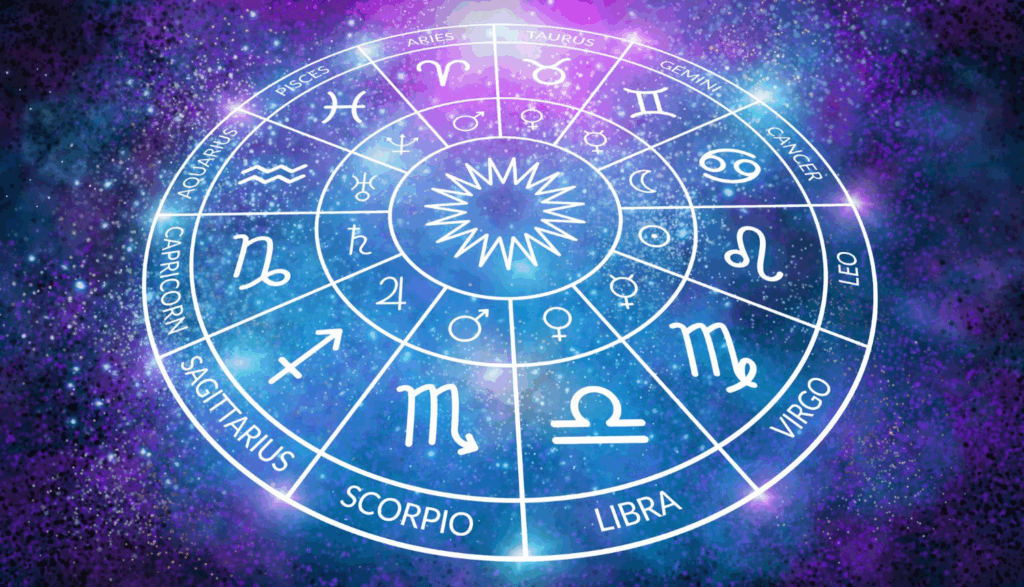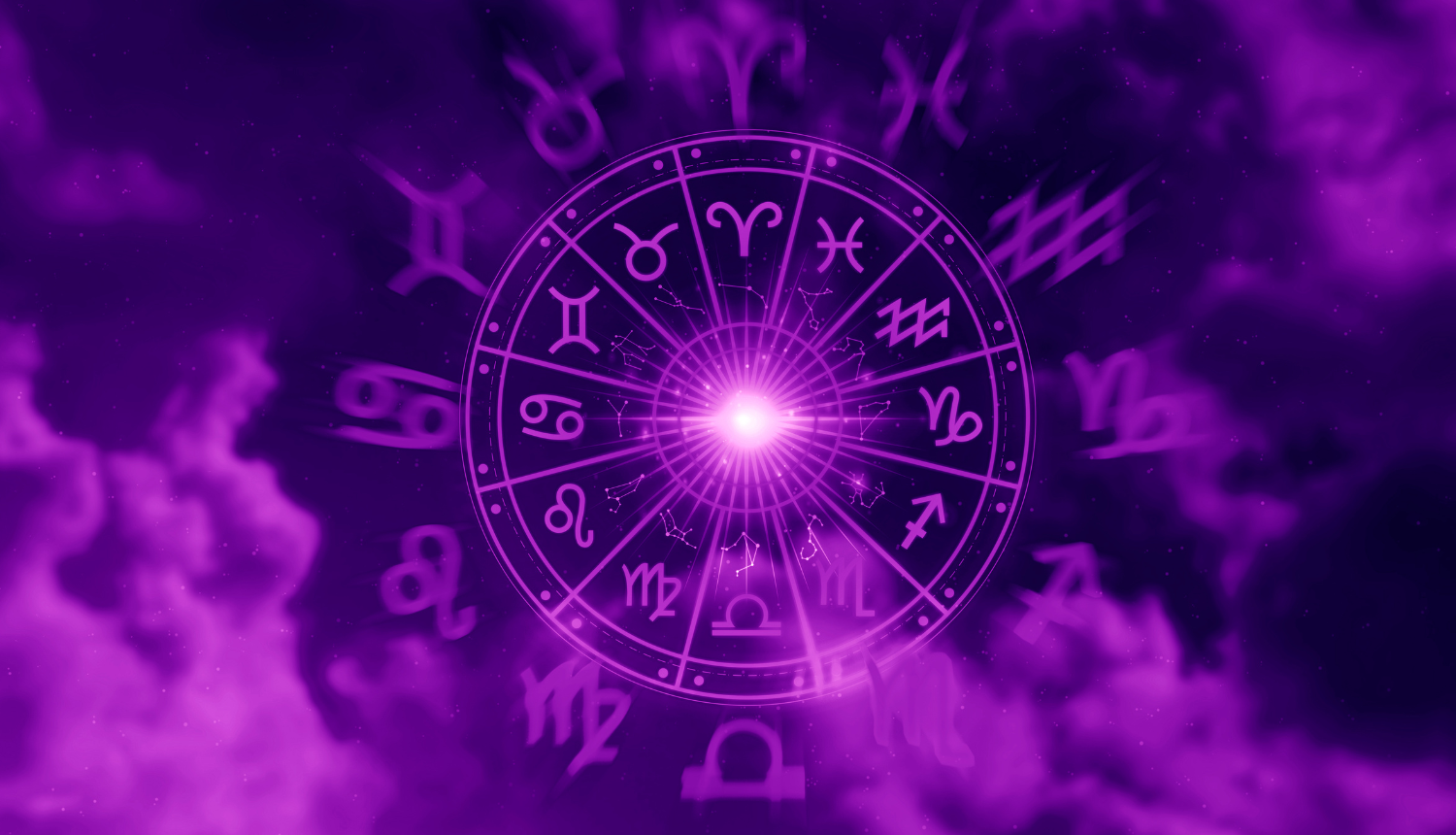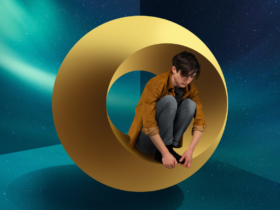Synchronicity is the mysterious dance between the inner world and outer events—a concept that Swiss psychologist Carl Jung introduced to describe moments when coincidences feel deeply significant, though they lack a clear cause-and-effect relationship. Unlike mere chance, synchronicity implies meaning. It suggests that certain events may be connected not through logic, but through symbolic resonance.
Jung developed the idea of synchronicity through his collaboration with physicist Wolfgang Pauli and his work with patients whose personal breakthroughs coincided with unexpected external events. He noticed that inner psychological shifts were often mirrored by happenings in the outer world. A classic example he shared involved a patient describing a dream of a scarab beetle—when, at that very moment, a real beetle of similar type tapped at his window.
Astrology offers a similar bridge between the inner and outer realms. While mainstream science may regard astrology as symbolic rather than empirical, Jung saw the positions of the planets at the time of birth as a reflection of the psyche’s potential. To Jung, astrology and synchronicity were intertwined—both offering windows into the archetypal patterns shaping human life.

Rather than rejecting causality, synchronicity invites us to explore a second lens through which reality might unfold: one of connection through meaning. Today, neuroscientists, psychologists, and philosophers continue to explore the boundary where intuition, probability, and perception meet. While not always measurable, synchronicity reminds us that life’s unfolding may hold more depth than randomness can explain.
Ultimately, whether through a striking coincidence or a planetary alignment, synchronicity calls us to pay attention—to see meaning where others might only see chance.
Related: The Cosmic Soul: Zodiac Signs and Their Connection to Universal Energy





















